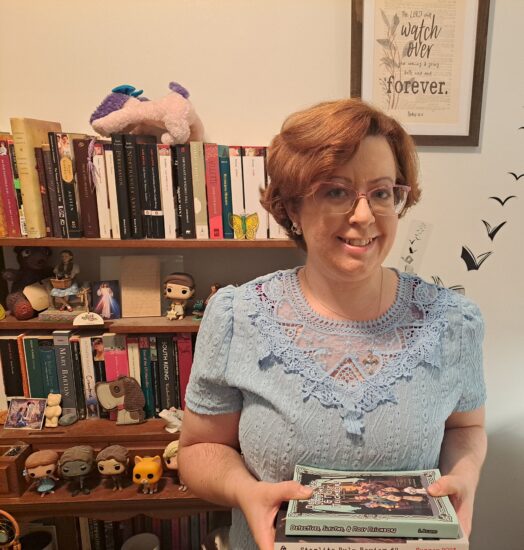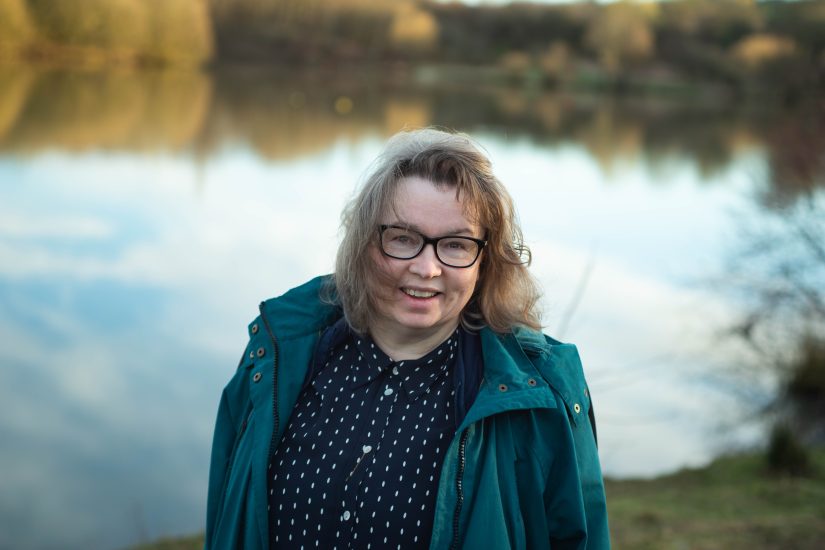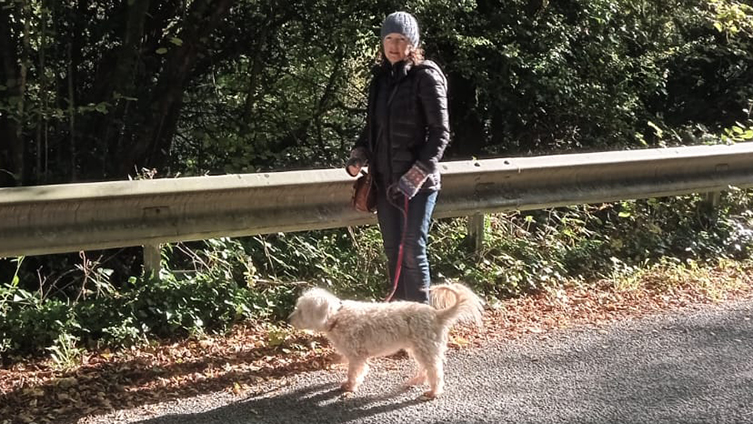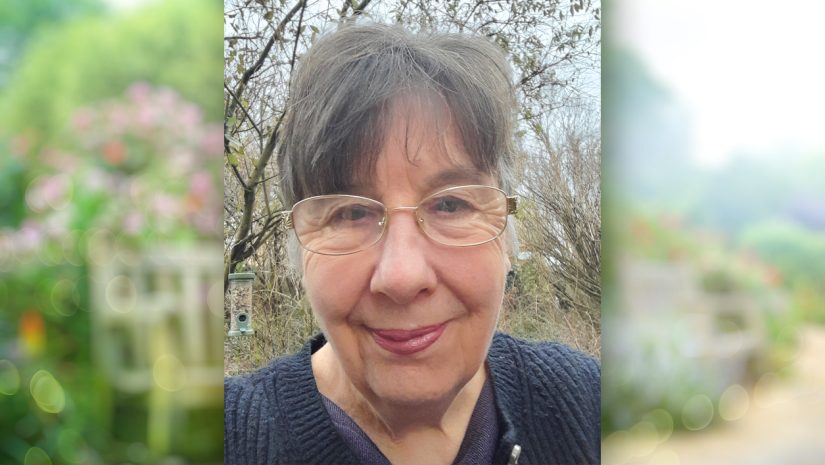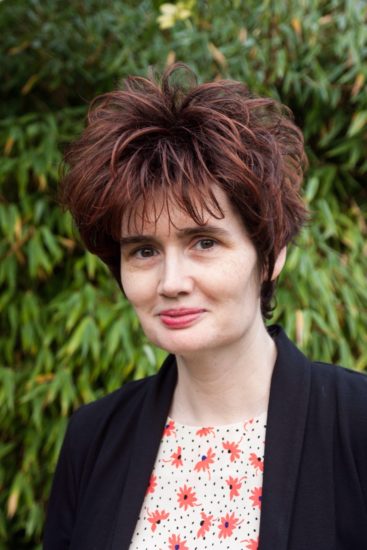
Our Writer Of The Week is Gabrielle Mullarkey.
Gabrielle’s story, “Butterflies In Blue”, appears in the October 17 issue of “The People’s Friend”.
Art features in your story, “Butterflies In Blue”. Do you think artwork can help inspire storytelling?
Oh, definitely.
I’m also an adult learning creative writing teacher, and often use images as writing prompts. The artwork in “The People’s Friend” is fab, because you can see that the illustrator has really connected with the story and complemented it so beautifully.
Your writing rarely labours — the plots having a pace and purpose to them. Do you do a lot of editing after writing your first draft, or are you generally happy with your work first time around?
Thanks so much for that lovely compliment.
As regards editing, it depends — sometimes the words just fly off the end of my fingertips (I touch-type on a keyboard), and I only need to do minor tweaks.
At other times, I find I have the germ of a good story, but need to do some research to give it authenticity. Especially if it’s in a period setting.
What are your favourite genres to write?
I do like a humorous story with a sparky character who delivers one-liners!
I also enjoy faction — i.e., putting fictional characters into historical events. Novelist Laurie Graham is brilliant at doing that, so she’s one of my favourite writers. Plus, I love writing a pastiche.
In 2017 I wrote a novel to mark the 200th anniversary of Jane Austen’s death, in which Jane and her maid solve a quartet of connected crimes. And along the way, we meet characters who inspired Jane Austen’s own, including a haughty landowner with brooding good looks . . . it was huge fun to write.
You often hear people talk about the writer’s voice. Do you think utilising that comes with practise?
Yes, because you have to be able to adapt your voice.
There’s no reason you can’t have humour and pathos in the same story, for example, but it takes practise to get the balance right.
I love the book “The Writer’s Voice” by Al Alvarez, in which he says that to write well, you have to learn to listen, like a reader.
When you listen well, you hear your distinctive voice as a writer coming through.
Notebook and pencil or laptop? Kitchen table or study? Blank wall or inspiring view?
I always use my laptop to type a story, which is probably a habit acquired from years as a journalist writing and editing to deadline.
That said, if I’m out and about sitting on a train, for example, the bones of a story might begin in a notebook with a nice pen.
A fellow writer once advised me to buy a good ballpoint pen because it would help the words to flow. I’m also a complete sucker for a nice notebook, and can’t walk past a stationery shop (I think that’s true of a lot of writers!).
I’m very messy in notebooks, underlining and circling, scribbling in margins, so I appreciate the comparative neatness of writing onscreen.
At home, I sit next to a window so that I can look out and people-watch passers-by, while in front of me is a wall that I customise with my latest amateur painting.
I enjoy painting, and find it’s a great way to both decompress and replenish the word well.
P.S., What’s your one top tip for an aspiring Writer Of The Week?
Patience as much as persistence.
Give yourself time to develop but, equally, don’t wait to be struck by inspiration.
Painting prompts me to take my own advice, because starting a picture reminds me both to be kind to myself, and that I’ll never stop learning.
For more from our Writer Of The Week series, click the tag below.
Take a closer look at this week’s issue of “The People’s Friend” by clicking here.

